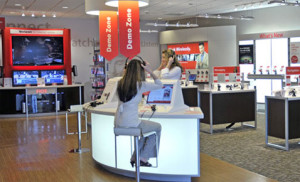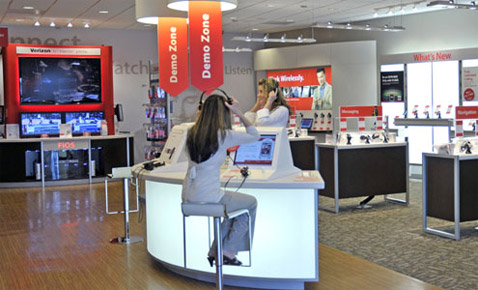 According to data released by IDC, the second quarter of this year brought a 50 percent increase on the number of smartphones sold. Despite increased sales, leaders Samsung and Apple have lost market share, making way for Chinese manufacturers which launched on the market cheaper phones.
According to data released by IDC, the second quarter of this year brought a 50 percent increase on the number of smartphones sold. Despite increased sales, leaders Samsung and Apple have lost market share, making way for Chinese manufacturers which launched on the market cheaper phones.
However, Apple CEO Tim Cook believes that the high-end smartphones didn’t reach the saturation point. “I don’t subscribe to the common view that the high end … has hit its peak,” he said.
During the second quarter of this year a total of 237.9 million smartphones were sold, a year-to-year increase of 52.3 percent. The market leader is still Samsung, which sold 72.4 million units, up 43.9 percent over the same period last year. Despite this performance, Samsung has lost some market share, the company adjudicating only 30.4 percent, compared to 32.2 which it seized a year ago.
Apple, which unexpectedly reported good sales for iPhones, are in a similar position. The company sold 31.2 million iPhones, up 20 percent from the 26 million a year ago, but the company’s market share fell from 16.6 to 13.1 percent, the lowest in the last three years.
The sight decline of the market leaders sent more market share to LG and Lenovo, which recorded large increases in the number of units sold. LG sold 12.1 million smartphones, with a growth of 108 percent, ensuring a market share that almost doubled. Lenovo took fourth place with 11.3 million units sold, which represents nearly a tripling of its smartphone sales.
Other producers who entered the top 5 have delivered a total of 100.8 million units, representing 42% of the market share, enjoying additional 2 percent plucked from leaders Samsung and Apple.
According to Strategy Analytics, Samsung has a market share of 33.1 percent, while Apple is on the second place with 13.6 percent.
LG is on the third place with 5.3 percent, followed in the Strategy Analytics survey by ZTE with 5 percent and Huawei with 4.8 percent.


Reply